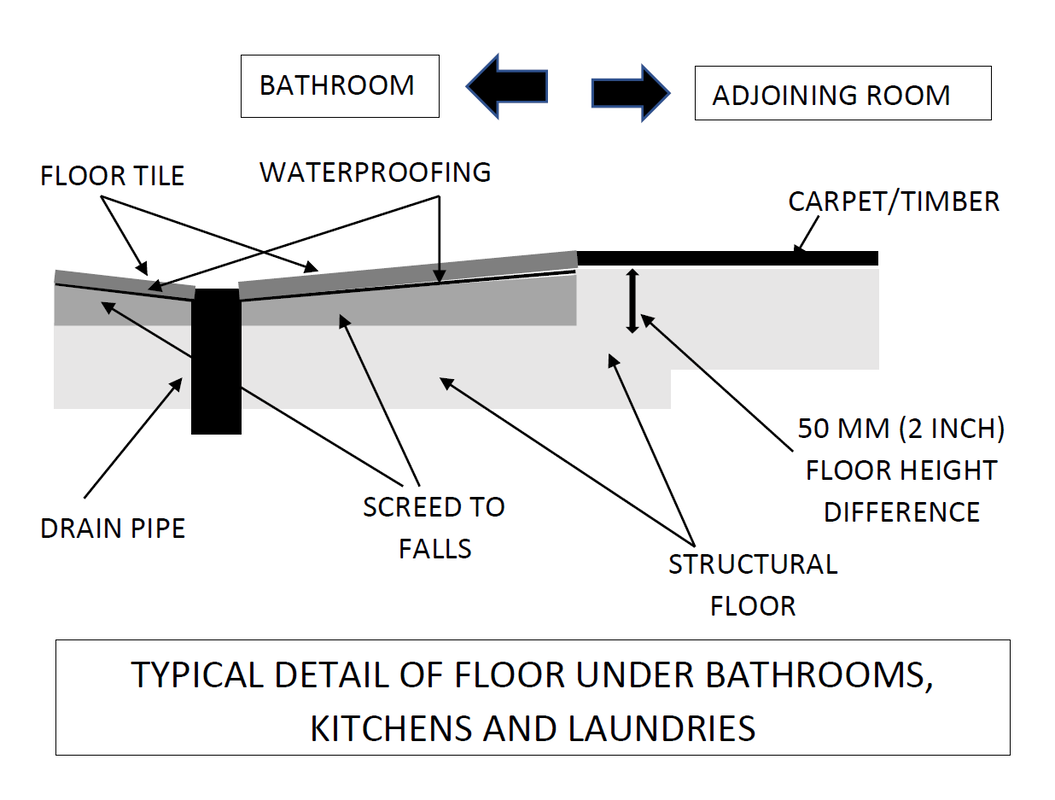 Image courtesy of imagerymajestic at FreeDigitalPhotos.net Image courtesy of imagerymajestic at FreeDigitalPhotos.net Over the last 2 weeks we considered a number of factors that you should consider when designing and renovating bathrooms. (Read Part 1 of Bathroom Design Essentials and Part 2 of Bathroom Design Essentials for more.) The design of your bathroom should consider the following:
ConclusionI hope that you've found the last 3 articles informative. It is important to carefully plan bathroom layouts. Look at alternatives. Visit bathroom accessory showrooms to view different baths, toilets and taps. Consider alternative tiles and how they'll fit with the fittings and fixtures you choose. Consider alternative light fittings. Don't just go for the cheapest. Of course it's also usually not necessary to select the most expensive finishes. Consider the needs of you and your family, what's practical, your budget, and what future buyers will like. Many bathroom accessory suppliers have facilities to convert your bathroom plans into 3 dimensional colour drawings so you can better visualise what your new bathroom will look like. Some architects and builders even offer virtual reality where it's possible to view your bathroom as if you were walking through the completed bathroom. Of course it's also important to use reputable contractors, especially for waterproofing, plumbing and tiling (note in future articles I'll discuss what to consider when choosing contractors and later good and bad floor and wall tile layouts). You wouldn't want your dream bathroom ruined by faulty workmanship. Good luck with your bathroom design and construction.  For more valuable home design and renovation tips and advice read: 'An Introduction to Building and Renovating Houses - Volume 1 Hiring Contractors, Managing Construction and Finishing Your Home' and 'Volume 2 Finding Your Ideal Property and Designing Your Dream Home' This is an extract from: 'An Introduction to Building and Renovating Houses Volume 2' by Paul Netscher. Available in paper or eBook from Amazon.com, Amazon UK, Amazon CA, Amazon AU and all online bookstores. To read more © 2018 This article is not to be reproduced for commercial purposes without written permission from the author.
2 Comments
10/7/2020 10:23:17 pm
Your blog is amazing it gives so much ideas and information.
Reply
20/1/2022 03:17:59 am
Designing a bathroom can be a major challenge but with the help of your article it has become really very easy to redesign a bathroom. The tips provided by you in this article are really very helpful. Thank you.
Reply
Leave a Reply. |
AuthorI’m a construction professional, author of several successful construction management books, and a home owner. I’ve made mistakes in construction management, I’ve seen others make mistakes, but importantly I’ve had multiple successful construction projects and I’ve learned from the mistakes. I want to share these lessons and my knowledge with you. Also available from:
Amazon Au, Amazon DE, Amazon ES, Amazon CA, Amazon IT, Amazon FR, Amazon NL, Amazon India and 'An Introduction to Building Houses - Volume 2 Finding Your Ideal Property and Designing Your Dream Home'
Archives
July 2024
CategoriesWe welcome genuine comments, especially comments that add additional information to the subject matter in the article. We however reserve the right to remove inappropriate comments, which includes comments that have nothing to do with the subject, comments that include inappropriate language, and comments that are an advertisement for a product or company, or which include an advertising link. Comments must be in English. We will not enter into discussion on why a particular comment was removed.
|



 RSS Feed
RSS Feed


